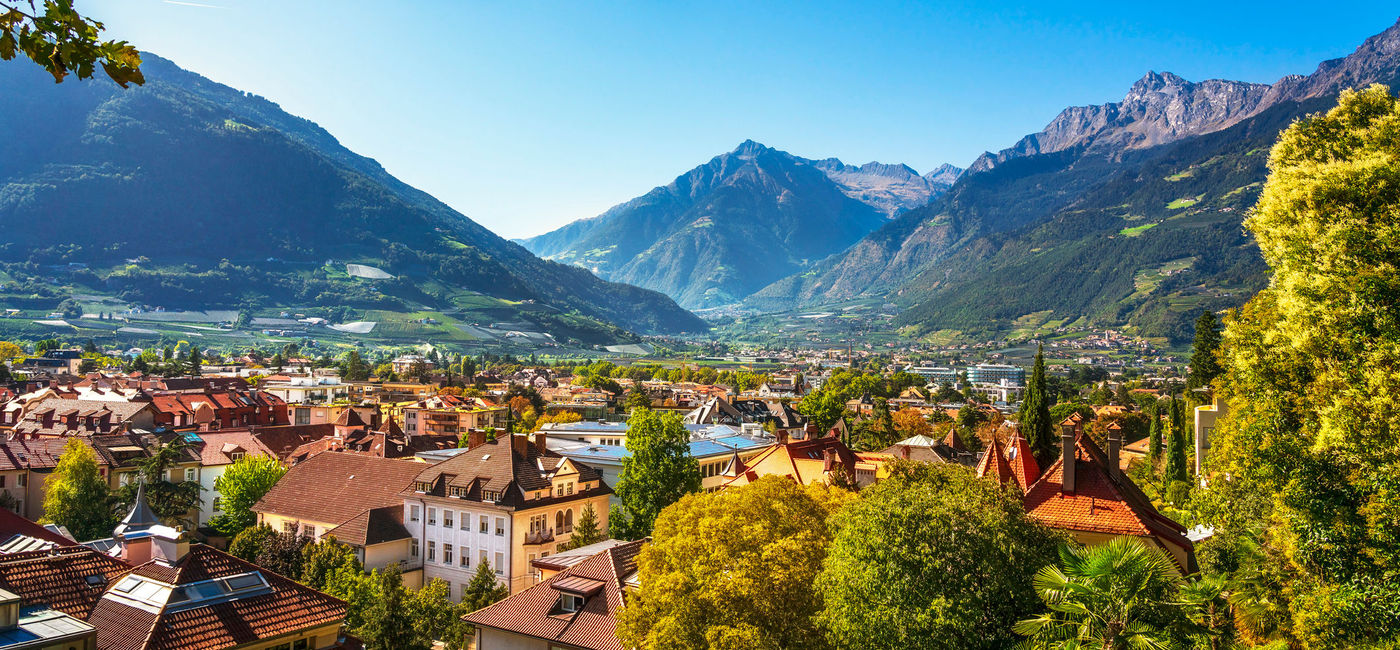Another Italian Destination Adds Visitor Restrictions to Curb Overtourism

In an effort to curb overtourism, one picturesque Italian province is putting a cap on visitor numbers, joining the growing ranks of intensely-popular travel destinations that have imposed new restrictions on tourists..
The autonomous Trentino-Alto Adige region, located in the northeasternmost part of Italy bordering Switzerland and Austria, has apparently become too appealing for its own good.
While the district does depend heavily on tourism revenue, authorities feel it simply isn’t worth overtaxing the region’s resources with overcrowding, thereby compromising both the locals’ quality of life and the visitor experience. Put in simplest terms, they’re prioritizing quality over quantity.
Trentino-Alto Adige Region
Comprising the provinces of Bolzano-Bozen in the north (largely German-speaking) and Trento in the south (largely Italian-speaking) Trentino-Alto Adige is a wondrously bucolic locale nestled within the European Alps, complete with captivating craggy peaks, enchanting glacial lakes and sprawling alpine meadows, as well as many charming mountain villages.
The place has a longstanding reputation as an ideal outdoor retreat, and over the past decade, global travelers have been increasingly arriving to take advantage of the region’s majestic snowcapped slopes, pristine lakes and verdant valleys. Still others come to experience Trentino-Alto Adige’s Old-World architecture, Romanesque and Gothic art, castles and cathedrals, cultural and historic sites, and the unique intermingling of languages, cultures and cuisines.
Too Many Tourists
Lately, the sheer volume of visitors has become so high as to overwhelm residents and officials.Provincial Councilor Arnold Schuler, Trentino-Alto Adige’s tourism minister who proposed the new regulations, told CNN that the region had hit the limit as to how much it could handle. Last year, the region saw 34 million overnight stays and, “At certain times of the year and in certain areas, it became a lot,” he explained.
“We reached the limit of our resources, we had problems with traffic, and residents have difficulty finding places to live,” Schuler explained, adding that their goal is to, “guarantee the quality [of life] for locals and tourists,” which has become progressively difficult in recent years.
“Tourists come here to hike and to see beautiful places, not to find themselves in a traffic jam,” he continued, adding, “The tourism sector is very important for us, for jobs and the economy, but we had reached the limit, so we took these measures to guarantee a better management of the flow of people, and to guarantee lodging for tourists.”
New Tourist Restrictions
In effect since September 2022, the new law limits the approved number of overnight stays to what they had been in 2019, prior to the pandemic. It also bans any new traveler accommodations from opening (including private home rentals) without permission from their local authorities.
According to Schuler, the number of Airbnbs in the area has increased 400 percent over the past five years, he added. “We always said we want to be a region for tourists, but also a place where the local people live well,” he said.
The number of officially registered and approved guest beds has been capped at just under 230,000, which was the count back in 2019. Each town’s “comune” (local authority) will also be allotted a set quantity of extra beds to issue in special circumstances or to aid businesses in town that don’t get a huge amount of tourism. Exceptions can also be made if another lodging establishment closes down, thereby balancing out the equation.
Regulating Day-Trippers
Day-trippers are also affected by Trentino-Alto Adige’s latest policy changes. Reservation systems are already in place at a few tourist hotspots, restricting access in order to protect local resources by managing visitor flow in areas where the situation was becoming intractable. Present examples include the stunning, Insta-famous alpine lake, Lago di Braies (a.k.a. Pragser Wildsee),as well as Alpe di Siusi (a.k.a. Seiser Alm), Europe’s largest Alpine meadow.
Schuler told CNN that officials intend to expand the reservation approach to other high-traffic locations, saying they will “certainly do it in other areas”. He likened it to attractions like museums and art galleries that sell only a limited number of tickets each day. “It’s not just the locals that are happy, but the tourists who have less problems with access, have parking, and can find somewhere to eat.”
The region’s new restrictions are set out in a 100-page document called the “Programma provincial per lo sviluppo del turismo 2030+” (PPST 2030)—in English, “Program for the development of tourism beyond 2030 in the province”—that maps out a course for creating a sustainable tourism sector.
The detrimental impacts of overtourism in recent years have prompted plenty of trendy and highly sought-after destinations—Venice, Amsterdam, Barcelona and Hawaii are a few well-known examples—to institute limits on tourism and the creation of vacation rentals. Some, like New Zealand, are taking the opportunity to reinvent their tourism sectors sustainably after international travel all but ceased during COVID-19, essentially wiping the slate clean.
